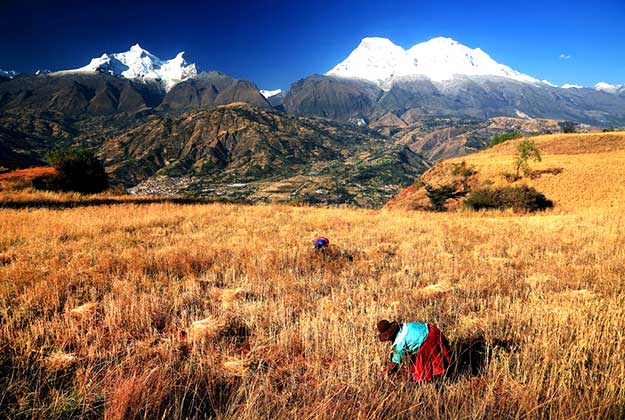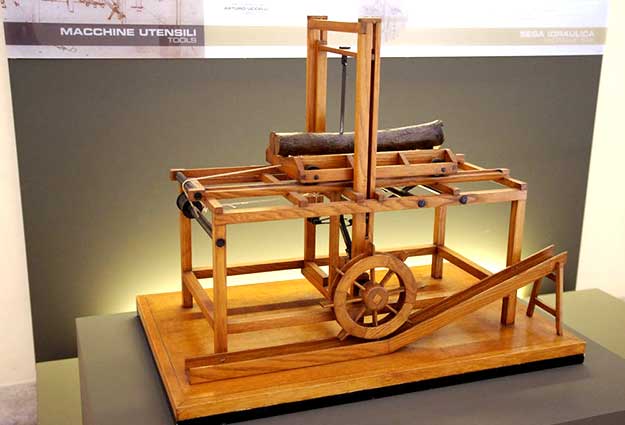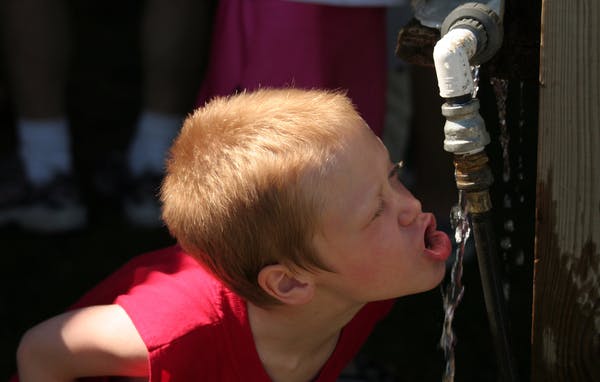Water is essential for human life, but in many parts of the world water supplies are under threat from more extreme, less predictable weather conditions due to climate change. Nowhere is this clearer than in the Peruvian Andes, where rising temperatures and receding glaciers forewarn of imminent water scarcity for the communities that live there.
Peru holds more than 70% of the world’s tropical glaciers. Along the 180 kilometre expanse of the Cordillera Blanca (“white mountains”), more than 250,000 people depend on glaciers for a year-round supply of water. Meltwater from the glaciers supplies rivers, offering a vital supplement to rainwater so that locals can continue irrigating food crops throughout the dry season, from May to October. Read more






